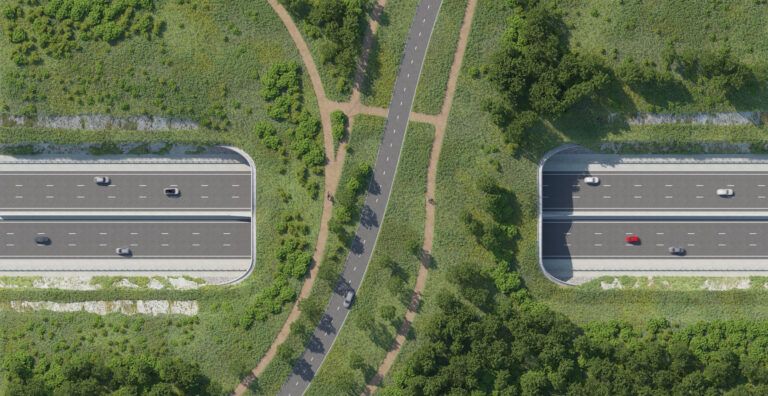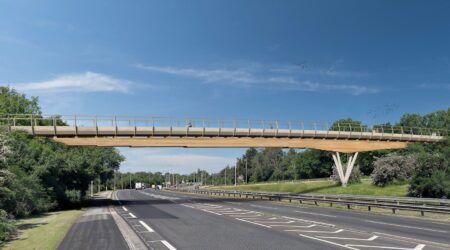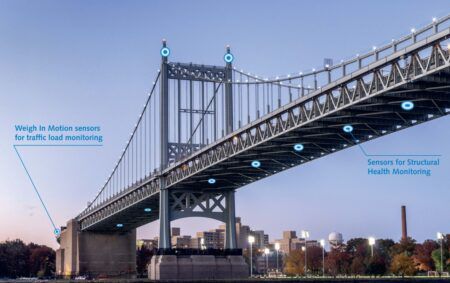The Lower Thames Crossing – the UK’s largest new road building project this decade – took a giant leap from architectural vision to concrete reality this week, as ministers confirmed they will allocate more than £1 billion in public funding, while National Highways unveiled striking new renders showing how the project will meet its ambitions to minimize environmental impact.
The timing of both announcements signals the government’s determination to fast-track this £10 billion infrastructure project. The newly released images reveal an innovative approach that reimagines what modern highway construction can look like – prioritizing environmental restoration alongside economic connectivity.
The renders showcase a project that will create six times more green space than actual road surface, including one million new trees and seven green bridges that will connect habitats across the route, that will include the widest green bridge in Europe.
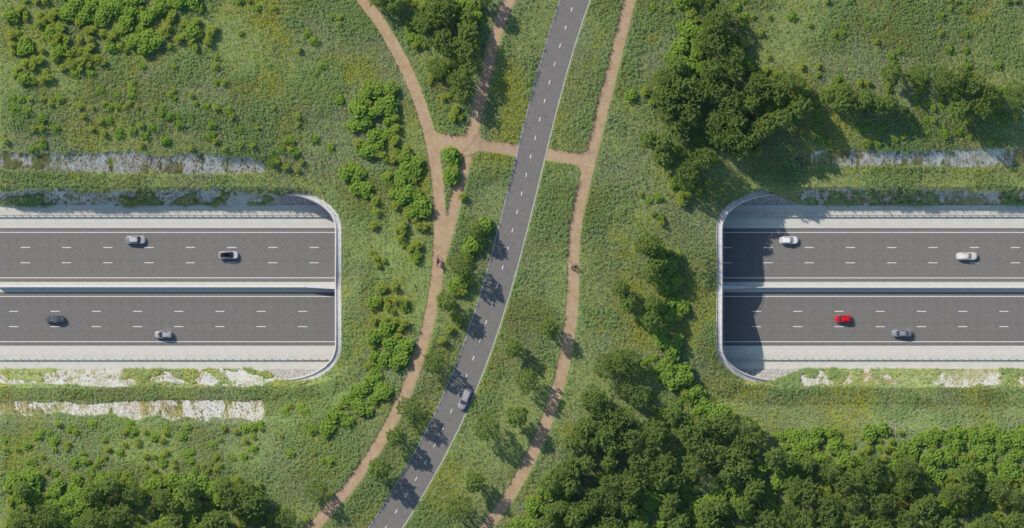
The images show wooden footbridges that eliminate concrete entirely and innovative gantries that use minimal steel while maintaining structural integrity. Perhaps most remarkably, 80% of the 14.3-mile route will be hidden from view, either within the 2.6-mile tunnel – the longest road tunnel ever built in the UK – or behind carefully landscaped embankments.
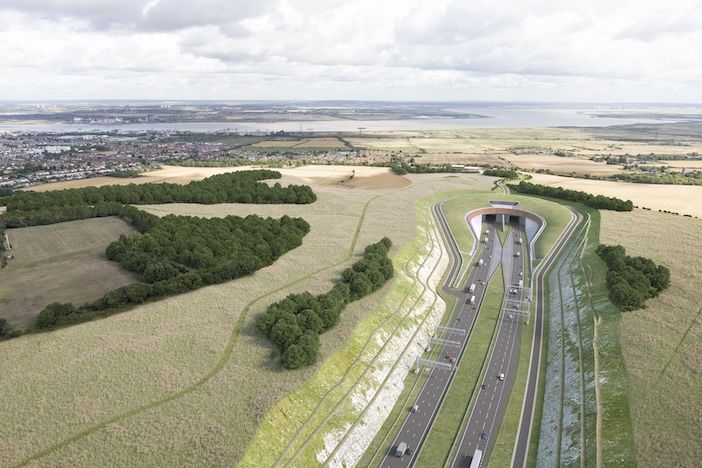
The visual ambitions revealed in National Highways’ renders are now backed by serious financial commitment. Chancellor Rachel Reeves is set to announce the £1 billion public investment as part of next week’s spending review, creating the foundation needed to attract £6.3 billion in private capital through a regulatory asset-based model.
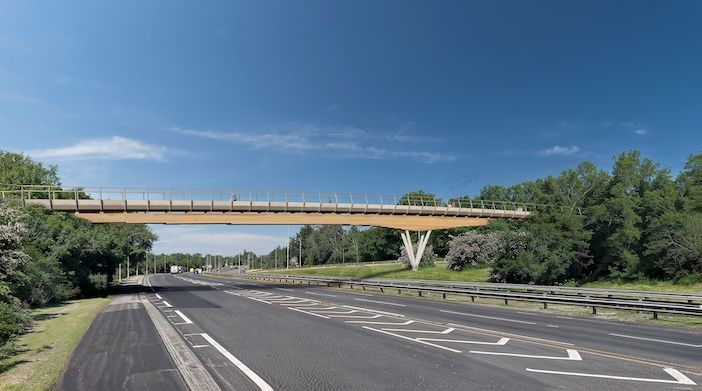
This funding strategy demonstrates the government’s confidence in the project’s viability. The investment will be recouped through driver tolls, making the crossing financially self-sustaining once operational.
What makes this funding announcement particularly significant is what hasn’t happened: legal challenges. The absence of judicial reviews against the project suggests that the government’s planning reforms may finally be having their intended effect.
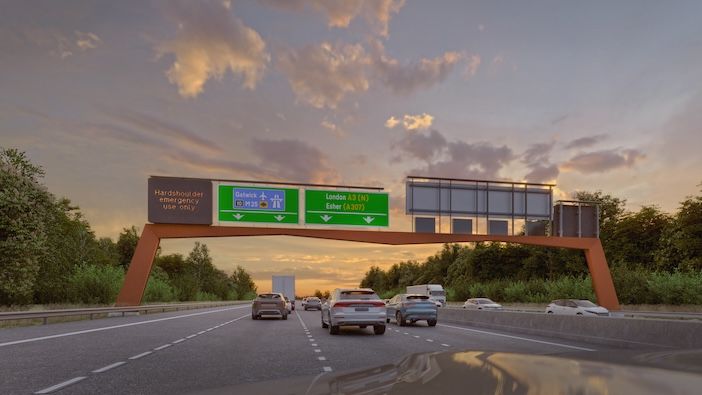
The project, which is set to begin construction next year, is on target to have the lowest-ever carbon emissions for a road construction project, a fact which the new images aim to highlight. It will create six times more green space than road, including one million new trees, a new community woodland, two new public parks, alongside the seven green bridges.
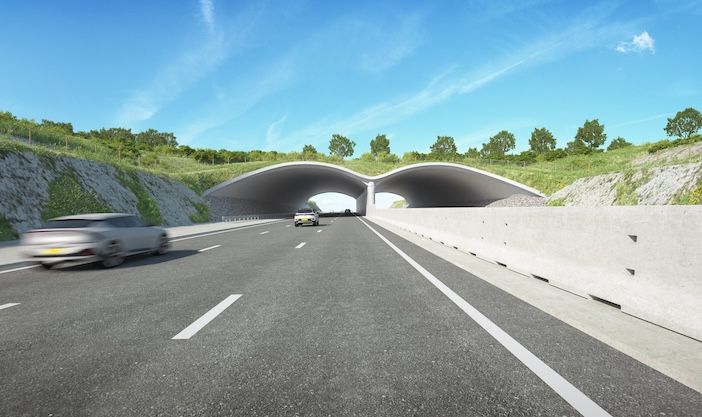
The project was given planning permission by the government in March following years of consultation and design development.
The National Highways images will be showcased at a series of community events across Kent, Essex and Havering starting tomorrow, June 11. Visitors will be able to speak to the team building the new road and learn when and where upcoming surveys and enabling works will take place. The main construction work could start as early as 2026, with the road opening in the early 2030s.


